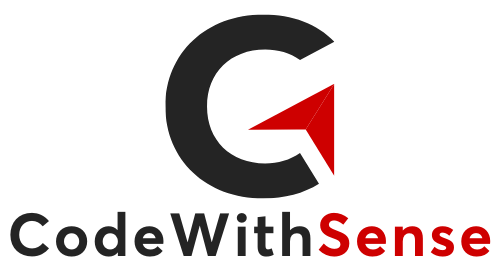Building custom software isn’t just about code—it’s about creating a solution that solves a real problem. Too often, businesses jump straight into development, only to realize mid-project that they’ve missed critical planning steps. The result? Missed deadlines, budget overruns, and a product that doesn’t quite fit the need.
Before you dive into your next custom software project, hit pause. The real success of your build lies not in how fast you can launch, but in how well you prepare.
Here are five essential questions to ask before you start coding—and how they can make or break your project.
1. What Problem Are We Solving?
It sounds simple, but you’d be surprised how many projects begin with a vague idea instead of a clear problem.
Why it matters: Custom software should serve a defined purpose. Are you improving an inefficient internal process? Offering a new experience to your customers? Replacing outdated systems?
If you can’t articulate the problem in one sentence, take a step back. Gather input from users, team members, and stakeholders. The goal is clarity—not just what you want to build, but why.
Pro Tip: Try framing the problem like this: “We’re building X because [current challenge] is causing [negative outcome].”
2. Who Are the End Users—and What Do They Actually Need?
You’re not building software for the sake of it—you’re building it for people. Whether your users are employees, customers, or partners, their needs should drive your development roadmap.
Why it matters: A common pitfall in software planning is assuming what users want instead of validating it. Skipping user research can lead to poor adoption, clunky UX, or features no one uses.
Key Planning Step: Conduct user interviews, surveys, or usability tests before development begins. Create personas that reflect real user behavior and prioritize features that align with their pain points.
3. What’s the Scope—and What’s a Nice-to-Have?
Here’s where things often go sideways. Without a well-defined scope, a project can balloon into something unmanageable—both in terms of time and budget.
Why it matters: Scope creep is real. A clear project scope helps your team (and your developers) stay aligned on what’s being built, what success looks like, and what can wait until version 2.0.
Checklist Tip:
- Define your MVP (Minimum Viable Product)
- Prioritize must-have features
- Create a backlog of enhancements or future additions
Remember: It’s better to launch something focused and functional than to delay for a feature-packed product that tries to do everything.
4. What’s Our Timeline and Budget?
This isn’t just about dollars and dates—it’s about trade-offs.
Why it matters: If you want your software fast, it might cost more. If you’re on a tight budget, you may need to sacrifice complexity or extend the timeline.
Transparent conversations about budget and timelines should happen before a single line of code is written. It helps your development team propose realistic solutions and prevents mid-project surprises.
Ask yourself:
- What’s our ideal launch date?
- Do we have flexibility in budget or features?
- Are we building all at once, or in phases?
A phased rollout can help manage risk and gather feedback early.
5. Do We Have the Right Team and Tools?
Even with a brilliant idea, execution matters. Do you have the right mix of technical talent, project management, and stakeholder support?
Why it matters: Building software isn’t just a developer’s job. You’ll need UI/UX designers, QA testers, product owners, and possibly DevOps engineers—depending on the scale of your project.
Planning Tip: If you’re partnering with an agency or freelance developers, vet them thoroughly. Ask about their process, past projects, communication style, and how they handle changes or blockers.
Also, make sure you’re using the right tools and tech stack to match your goals—whether it’s for rapid prototyping, scaling infrastructure, or managing agile sprints.
Final Thoughts: Strategy First, Code Second
Custom software can be a game-changer for your business—but only if it’s built on a foundation of clear strategy and planning. These five questions are more than a checklist—they’re a mindset.
By slowing down before development starts, you’ll save time, money, and a whole lot of frustration in the long run.
Think before you code. Plan before you build. Launch with confidence.











